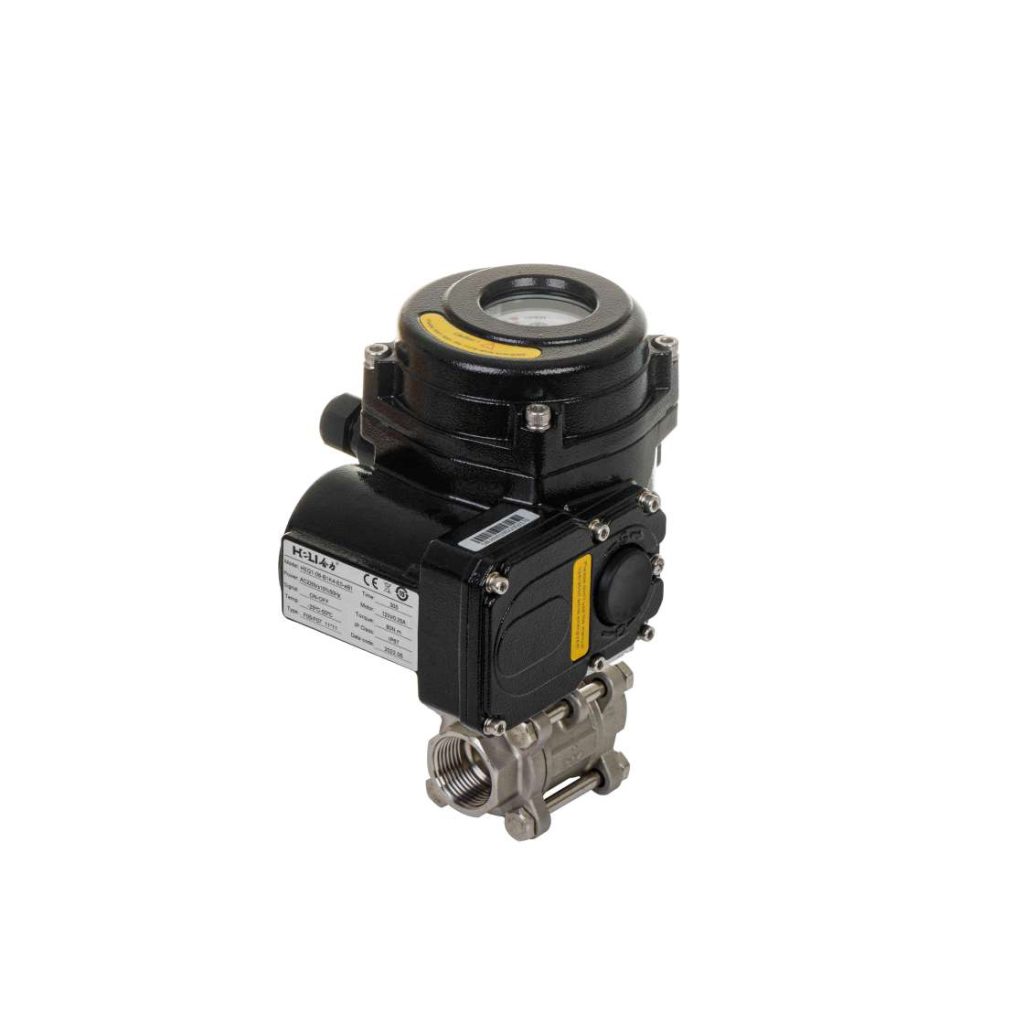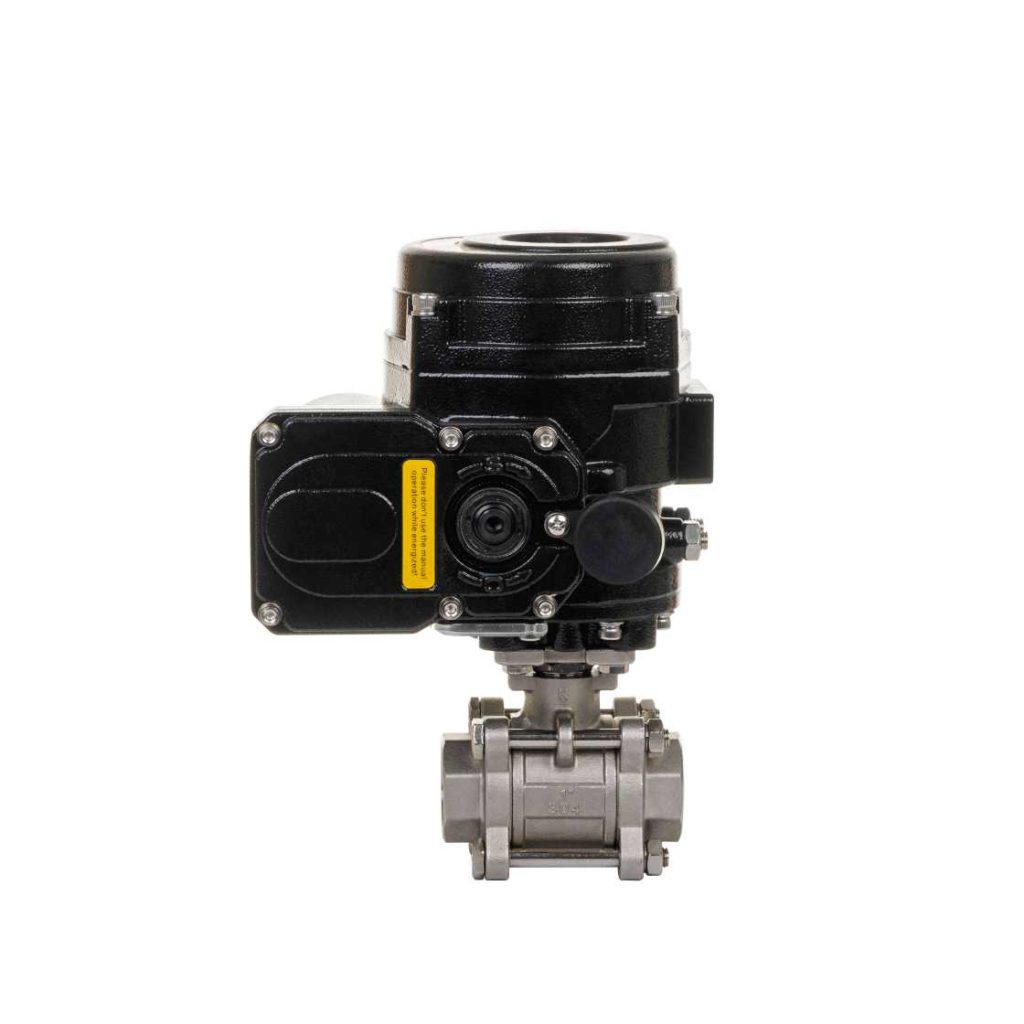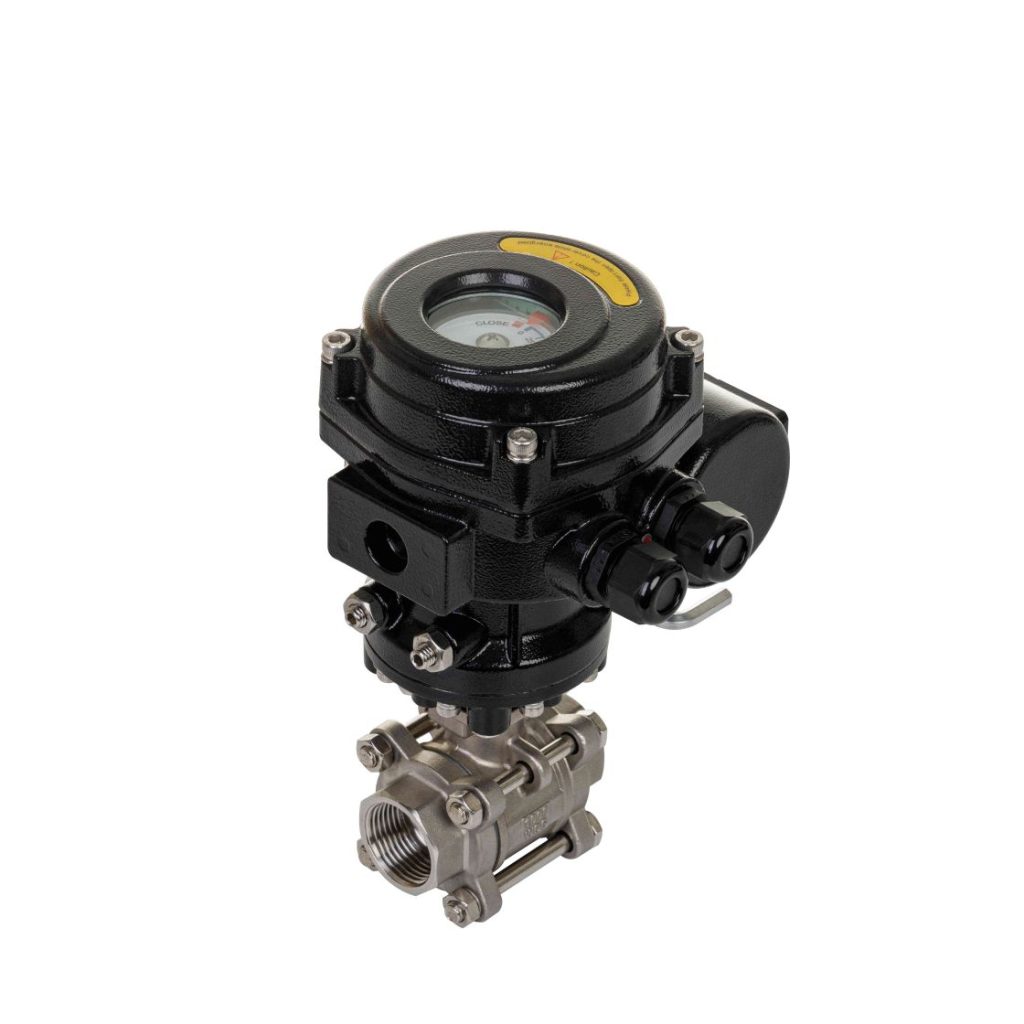The Stainless Steel Electric Screw Ball Valve is a crucial component in modern fluid control systems, offering exceptional performance, durability, and versatility in a wide range of industrial applications. This valve integrates the best features of ball valve technology with the precision and automation provided by electric actuation, making it ideal for controlling the flow of liquids and gases in industries such as oil and gas, chemical processing, water treatment, food processing, and HVAC systems. In this article, we will delve into the design, functionality, and advantages of the Stainless Steel Electric Screw Ball Valve, as well as its applications and maintenance considerations.

What is a Stainless Steel Electric Screw Ball Valve?

A Stainless Steel Electric Screw Ball Valve is a type of automated valve that uses an electric motor to control the position of a ball inside the valve body. The ball has a hole or port through it, which aligns with the valve’s inlet and outlet to allow or restrict the flow of the medium passing through. The valve operates with the help of an electric actuator, which rotates the ball from a closed position to an open position (or vice versa), thus regulating flow. The “electric screw” aspect refers to the mechanical design of the actuator, which typically uses a screw mechanism to drive the ball valve’s rotation. This provides greater precision and control, making it suitable for applications that require fine adjustments and automation. The body of the valve is made from stainless steel, a material known for its corrosion resistance, strength, and longevity, making it ideal for harsh environments and demanding industrial conditions.

Leave a Reply